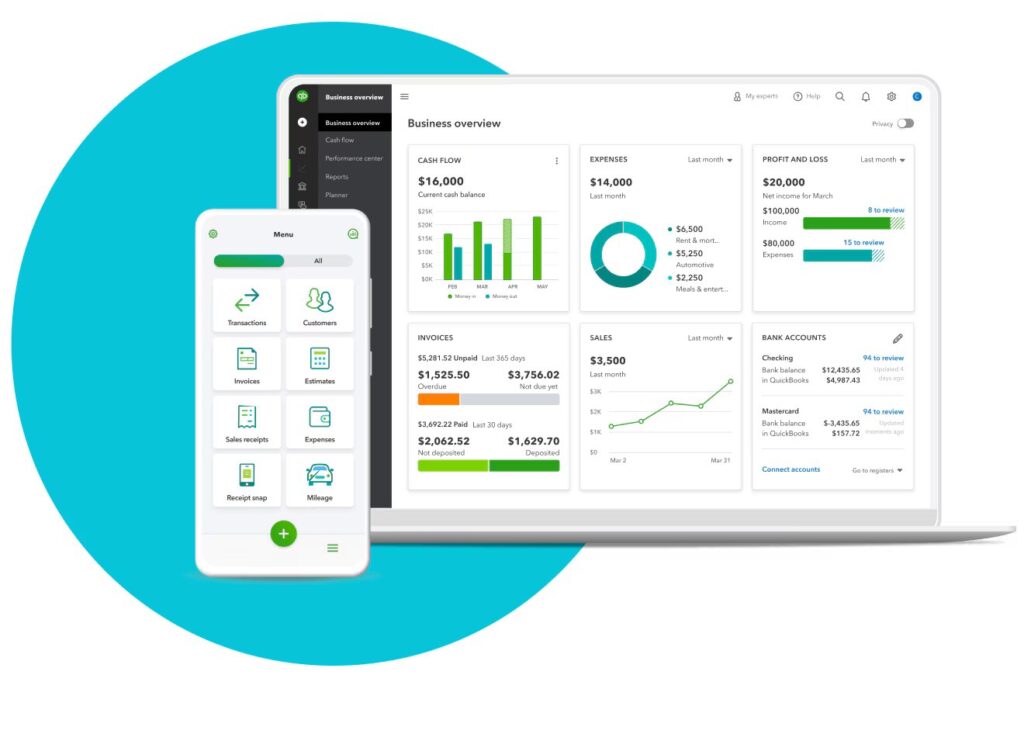The Revolutionary Impact of Blockchain

Introduction
What is Blockchain?
Have you ever wondered what makes cryptocurrencies like Bitcoin so secure and transparent? The answer lies in the technology behind them: blockchain. In simple terms, blockchain is a decentralized ledger that records transactions across multiple computers so that the record cannot be altered retroactively. This ensures transparency and security, making it a revolutionary technology in various fields.
Brief History of Blockchain
The concept of blockchain was first introduced in 2008 by an unknown person or group of people using the pseudonym Satoshi Nakamoto. It was implemented the following year as a core component of Bitcoin, the first cryptocurrency. Since then, blockchain has evolved beyond cryptocurrencies, finding applications in numerous industries.
Importance of Blockchain Technology
Blockchain’s significance stems from its ability to offer a secure, transparent, and decentralized way to record and verify transactions. It’s transforming industries by reducing fraud, increasing transparency, and streamlining operations, making it a vital technology for the future.
How Blockchain Works
The Concept of Decentralization
At the heart of blockchain is decentralization. Unlike traditional centralized systems where a single entity controls the data, blockchain distributes the data across a network of computers (nodes). This decentralization ensures that no single point of failure exists, enhancing security and reliability.
Blocks and Chains Explained
A blockchain is composed of a series of blocks, each containing a list of transactions. Each block is linked to the previous one, forming a chain. This structure ensures that once a block is added, it cannot be changed without altering all subsequent blocks, providing immutability.
Cryptographic Hash Functions
Every block in a blockchain contains a unique code called a cryptographic hash. This hash is generated based on the data within the block and the hash of the previous block. Any change in the block’s data will result in a different hash, making tampering easily detectable.
Consensus Mechanisms
To add a new block to the blockchain, network participants must agree on its validity through a consensus mechanism. The most common mechanisms are Proof of Work (PoW) and Proof of Stake (PoS). PoW requires solving complex mathematical problems, while PoS relies on participants holding a stake in the network.
Types of Blockchain
Public Blockchains
Public blockchains are open to anyone and are completely decentralized. Bitcoin and Ethereum are examples of public blockchains. They allow anyone to participate in the network, validate transactions, and maintain the ledger.
Private Blockchains
Private blockchains, on the other hand, are restricted and controlled by a single organization. They offer enhanced privacy and are typically used for internal business processes. Access is limited to authorized participants only.
Consortium Blockchains
A consortium blockchain is a hybrid between public and private blockchains. It is controlled by a group of organizations rather than a single entity. This type of blockchain is often used in industries where multiple stakeholders need to collaborate and share data securely.
Hybrid Blockchains
Hybrid blockchains combine elements of both public and private blockchains. They allow for controlled access and permissions, with some data being public and other data remaining private. This flexibility makes them suitable for various use cases.
Applications of Blockchain Technology
Cryptocurrencies
Cryptocurrencies were the first application of blockchain technology. Bitcoin, Ethereum, and numerous other digital currencies operate on blockchain networks, offering a decentralized way to transfer value.
Smart Contracts
Smart contracts are self-executing contracts with the terms of the agreement directly written into code. They run on blockchain networks like Ethereum, automatically enforcing and verifying agreements without the need for intermediaries.
Supply Chain Management
Blockchain enhances supply chain transparency by providing an immutable record of the journey products take from origin to consumer. This reduces fraud, increases efficiency, and ensures authenticity.
Healthcare
In healthcare, blockchain can securely store patient records, ensuring privacy and integrity. It also facilitates the sharing of data across different healthcare providers, improving patient care.
Finance and Banking
Blockchain is revolutionizing the finance and banking sector by enabling faster, cheaper, and more secure transactions. It reduces the need for intermediaries, lowering costs and increasing efficiency.
Voting Systems
Blockchain-based voting systems can enhance the integrity of elections by providing a transparent and tamper-proof way to record votes. This ensures that election results are accurate and trustworthy.
Real Estate
In real estate, blockchain can simplify the buying and selling process by providing a transparent and secure way to record property transactions. It reduces fraud and speeds up the transfer of ownership.
Advantages of Blockchain
Transparency
Blockchain’s decentralized nature ensures that all participants have access to the same information, promoting transparency. Every transaction is recorded and can be audited, reducing the potential for fraud.
Security
Blockchain uses advanced cryptographic techniques to secure data. Once recorded, transactions cannot be altered, providing a high level of security and integrity.
Traceability
Blockchain provides a complete and immutable record of transactions, making it easy to trace the history of any asset. This is particularly useful in supply chain management and fraud prevention.
Efficiency and Speed
By eliminating the need for intermediaries, blockchain streamlines processes and reduces delays. Transactions can be processed quickly and efficiently, saving time and money.
Reduced Costs
Blockchain reduces the need for intermediaries and third parties, lowering transaction costs. It also minimizes the need for manual record-keeping and reconciliation, further reducing expenses.
Challenges and Limitations
Scalability Issues
One of the main challenges facing blockchain is scalability. As the number of transactions increases, so does the size of the blockchain, which can lead to slower processing times and higher costs.
Regulatory and Legal Challenges
Blockchain operates in a complex legal and regulatory environment. Different countries have varying regulations, and there is a need for a unified approach to ensure compliance and foster innovation.
Energy Consumption
Blockchain networks, particularly those using Proof of Work, consume significant amounts of energy. This has raised concerns about the environmental impact and sustainability of blockchain technology.
Privacy Concerns
While blockchain provides transparency, it can also raise privacy concerns. Public blockchains make transaction details accessible to everyone, which may not be suitable for all applications.
The Future of Blockchain
Emerging Trends
The future of blockchain looks promising, with new trends emerging such as decentralized finance (DeFi), non-fungible tokens (NFTs), and blockchain-based identity systems. These innovations are expanding the scope and potential of blockchain technology.
Potential Developments
As blockchain technology matures, we can expect to see advancements in scalability, interoperability, and usability. Improved consensus mechanisms and energy-efficient solutions are also on the horizon.
Blockchain in IoT
Integrating blockchain with the Internet of Things (IoT) can enhance security and transparency in connected devices. This combination has the potential to revolutionize industries like supply chain, healthcare, and smart cities.
Integration with AI
The integration of blockchain with artificial intelligence (AI) can create powerful applications. AI can enhance blockchain’s capabilities by improving data analysis, security, and automation.
Conclusion
Blockchain technology is a transformative force that has the potential to revolutionize various industries. Its decentralized, transparent, and secure nature offers numerous advantages, from enhancing supply chain management to revolutionizing finance and banking. However, challenges such as scalability, regulatory issues, and energy consumption need to be addressed to unlock its full potential. As the technology continues to evolve, the future of blockchain looks incredibly promising, with new applications and innovations on the horizon.
FAQs
What is the main purpose of blockchain?
The main purpose of blockchain is to provide a decentralized, secure, and transparent way to record and verify transactions without the need for intermediaries.
How does blockchain ensure security?
Blockchain ensures security through cryptographic techniques, consensus mechanisms, and its decentralized nature, making it difficult for any single entity to alter the data.
Can blockchain be hacked?
While blockchain itself is highly secure, vulnerabilities can exist in the applications and systems built on top of it. Proper security measures and protocols are












